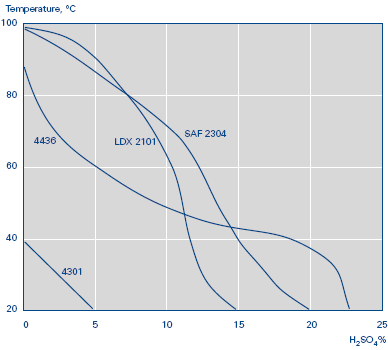
1. Seamless steel tube for structure (GB / T8162-1999) is a seamless steel pipe for general structure and mechanical structure.2. Seamless steel tube for fluid transportation (GB / T8163-1999) is a general seamless steel pipe for transporting fluids such as water, oil and gas.3. Seamless steel tubes for low and medium pressure boilers (GB3087-1999) are used to manufacture...









.jpg)
.jpg)

